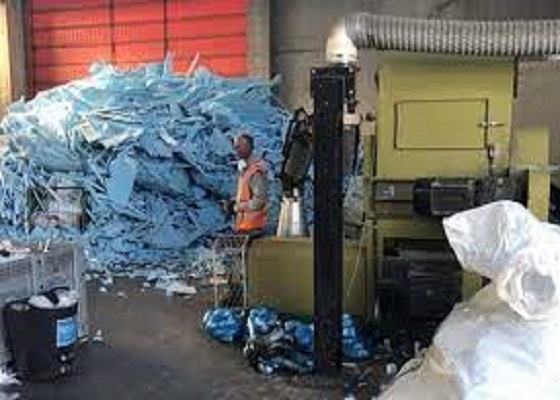How to Recycle XPS Foam Boards
Insulation materials such as XPS foam board are generally used. With the growing use of XPS, environmental pollution will certainly become increasingly problematic if it is not recycled and managed properly.
Polystyrene-related plastic items produce rubbish that is massive in size, quite light in weight, resistant to corrosion, and aging, chemically stable, as well as difficult to break down by microbes. After getting in the soil. it will be easy to damage the soil quality.
Since Polystyrene is the primary source material for XPS, the XPS recycling process can be useful for EPS recycling.

Why should we choose XPS recycling?
As a result of its high thermal insulation performance, XPS is generally utilized as a building and construction insulation board. It does not just save sources, yet it also helps to keep the cold at bay. Nevertheless, a huge number of scraps of insulation boards puts the environment under a great deal of stress.
The XPS Recycling Process
The XPS Recycling Process of polystyrene is performed with the help of technically advanced equipment such as densifiers and compactors. The polystyrene waste is collected and packed with the help of conveyor belts right into a machine that shreds it. The densifier machine transfers the extruded polystyrene (XPS) waste right into a plastic extruder where the foam is exposed to pressure and heat. The foam melts and the densified material is extruded through the equipment outlet. The foam cools down and changes into an ingot. Compactors, on the other hand, compress the shredded material into tight blocks.

The Advantages of Recycling EPS and XPS
● One of the primary advantages of recycling is the substantial volume reduction of polystyrene waste. It makes transport and storage space very easy.
● Recycling aids in eliminating landfill pollution. Something that presents damage to the environment and animal life
● Recycling alleviates the need for fresh products which subsequently helps in saving power as well as manpower costs.
● Having a dedicated waste management process improves the company's reputation
● The highly efficient nature of recycling machinery increases the total work output while not accelerating costs
Therefore, recycling XPS waste is the most effective way for companies to minimize their carbon footprint and efficiently manage polystyrene waste. Presently, the major recycling service is to reduce foam waste, compress it for granulation, and then process it right into finished products e.g., photo frameworks, decorative moldings, mirrors, etc., which are both environmentally benign and profitable.
XPS Recycling Video:
